Using leading lines is one very effective method of harnessing compositional technique to create more impactful imagery. Leading lines can either be very bold and easy to follow, or they can be quite subtle and almost subconsciously guide a viewer through the frame. The goal of using leading lines is to create a path through a photograph that the viewer should run their eyes along. While it isn’t always necessary to lay out a predetermined scan path for your viewer, doing so does create an image that is more easily read and can result in a more impactful experience of the frame.
Using Leading Lines: Man-made
Structures made by humankind provide a wealth of opportunities for leading lines. Look for edges of buildings, fences, areas where two planes intersect to create a corner, staircases, railings, lines on pavement, etc. Often, I will shoot from very close to a wall or railing, in order to create a diagonal line that will lead the viewer across the frame to my primary subject.
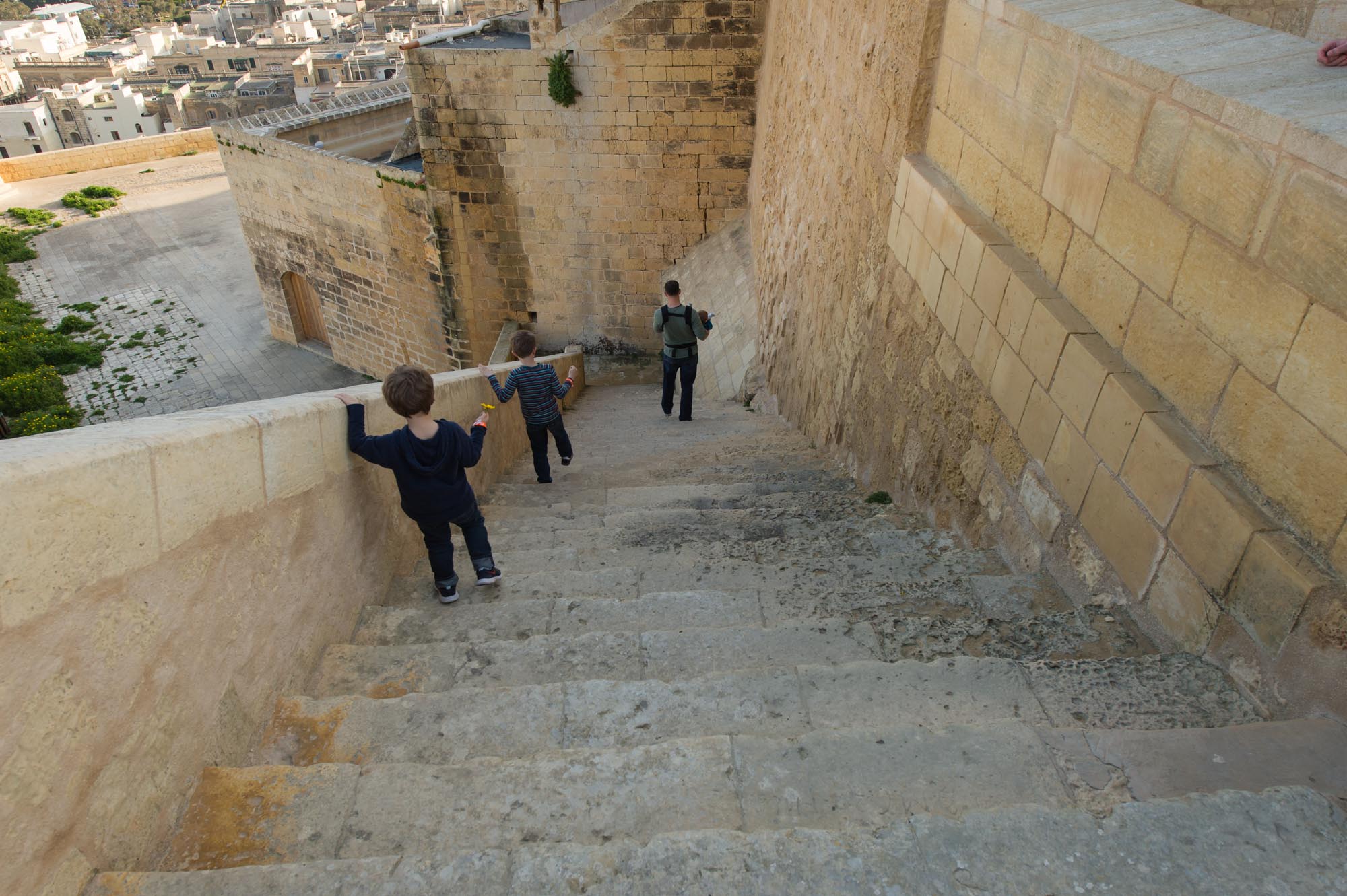




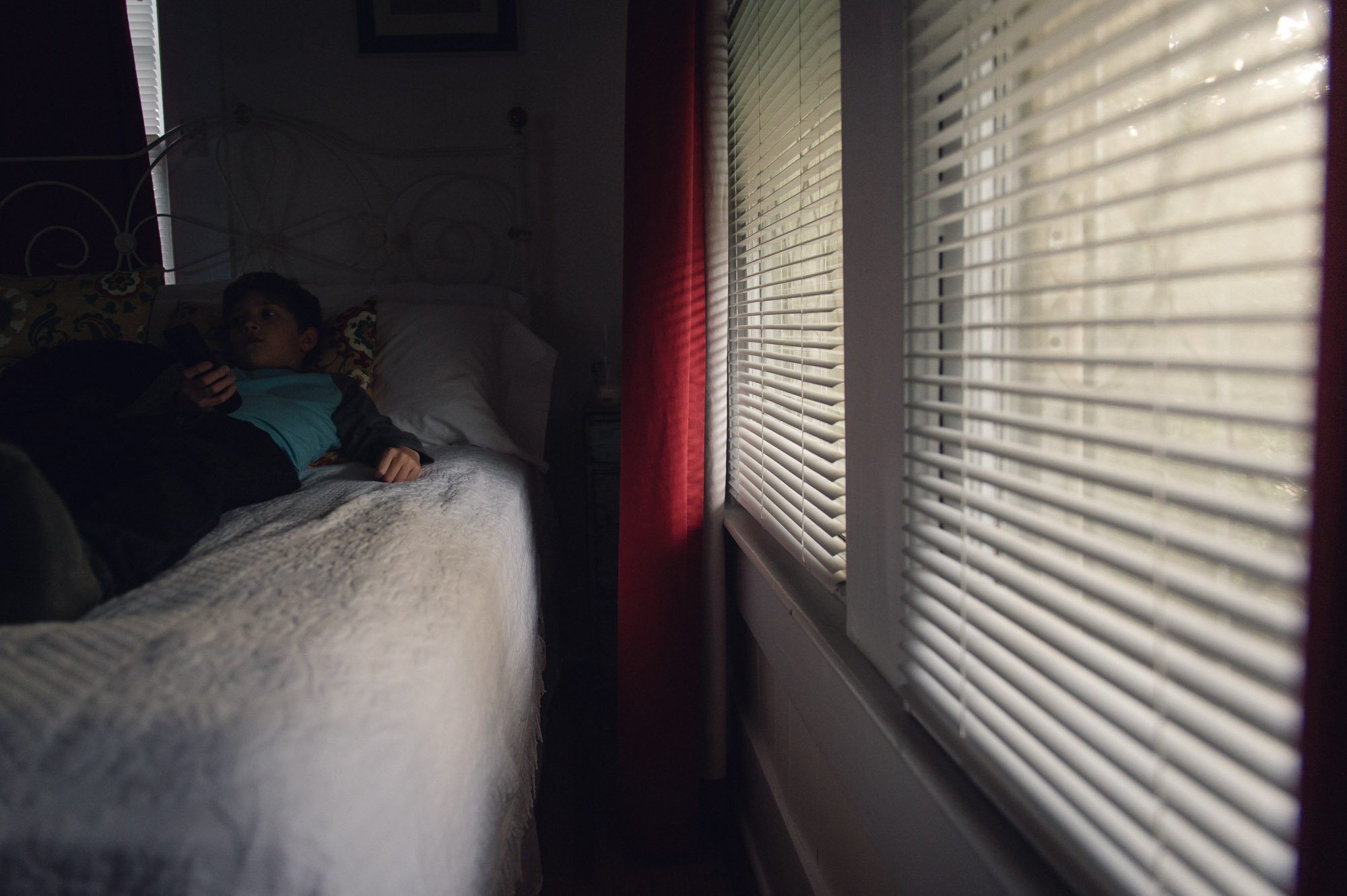
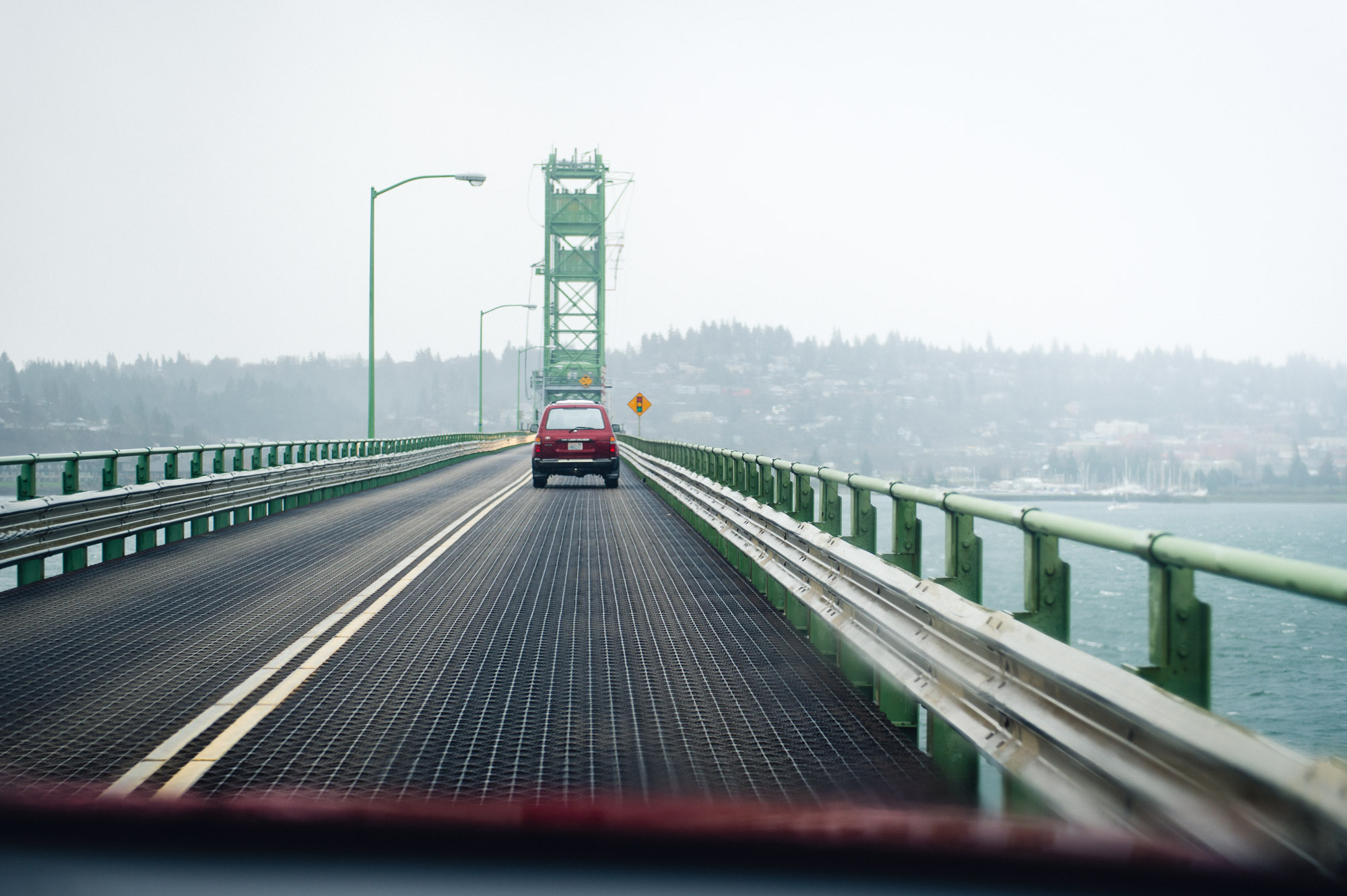
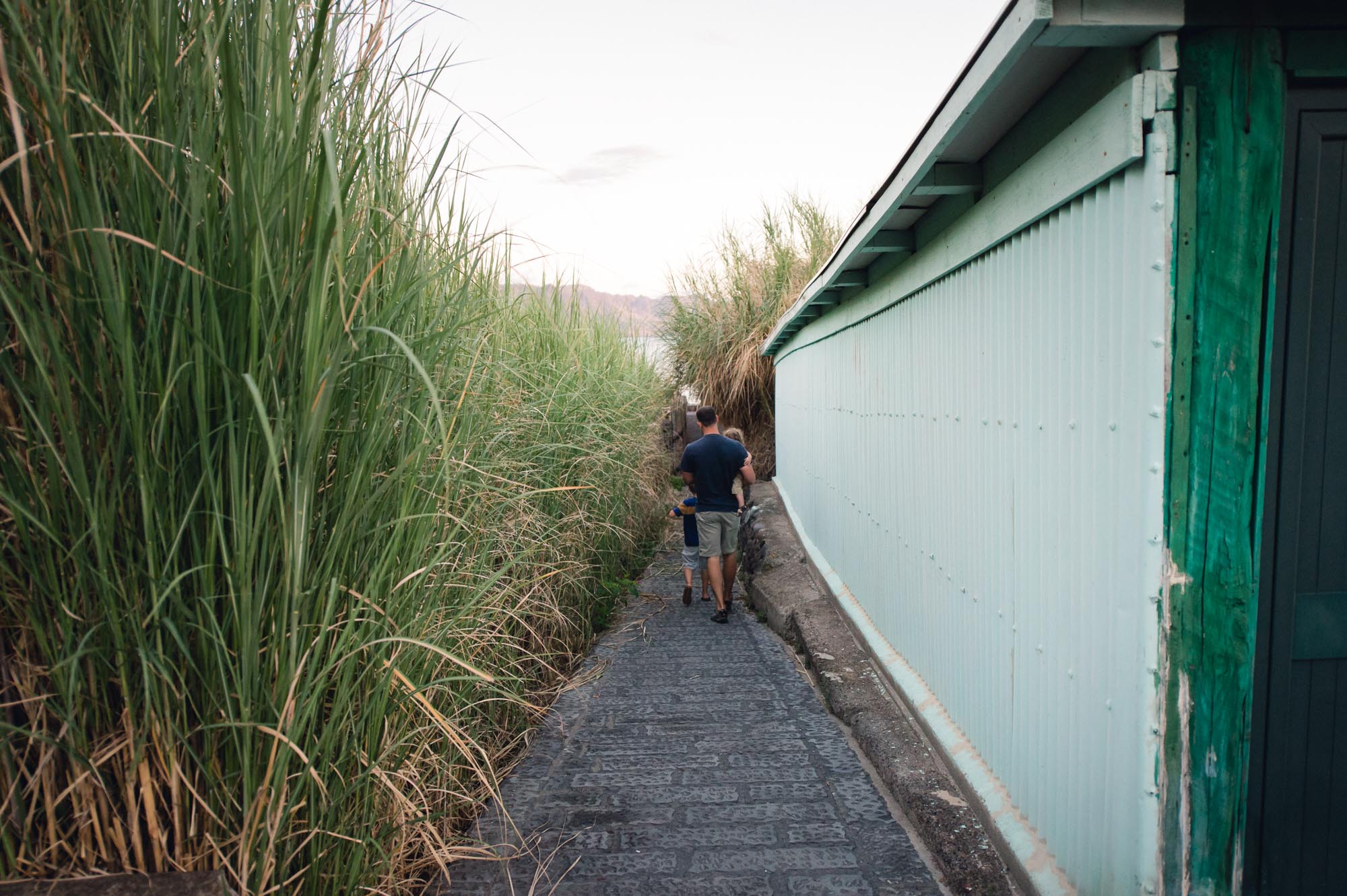
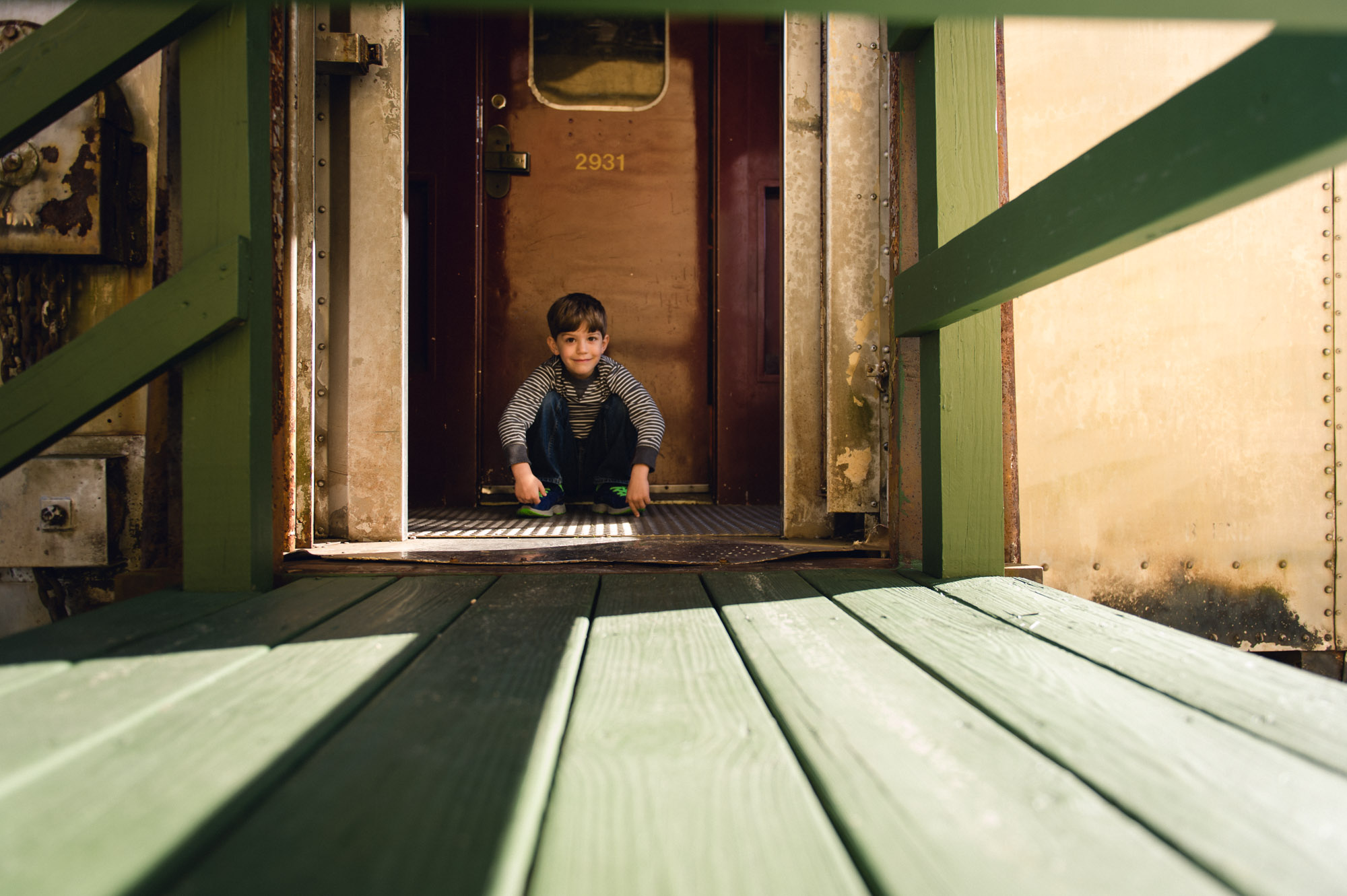


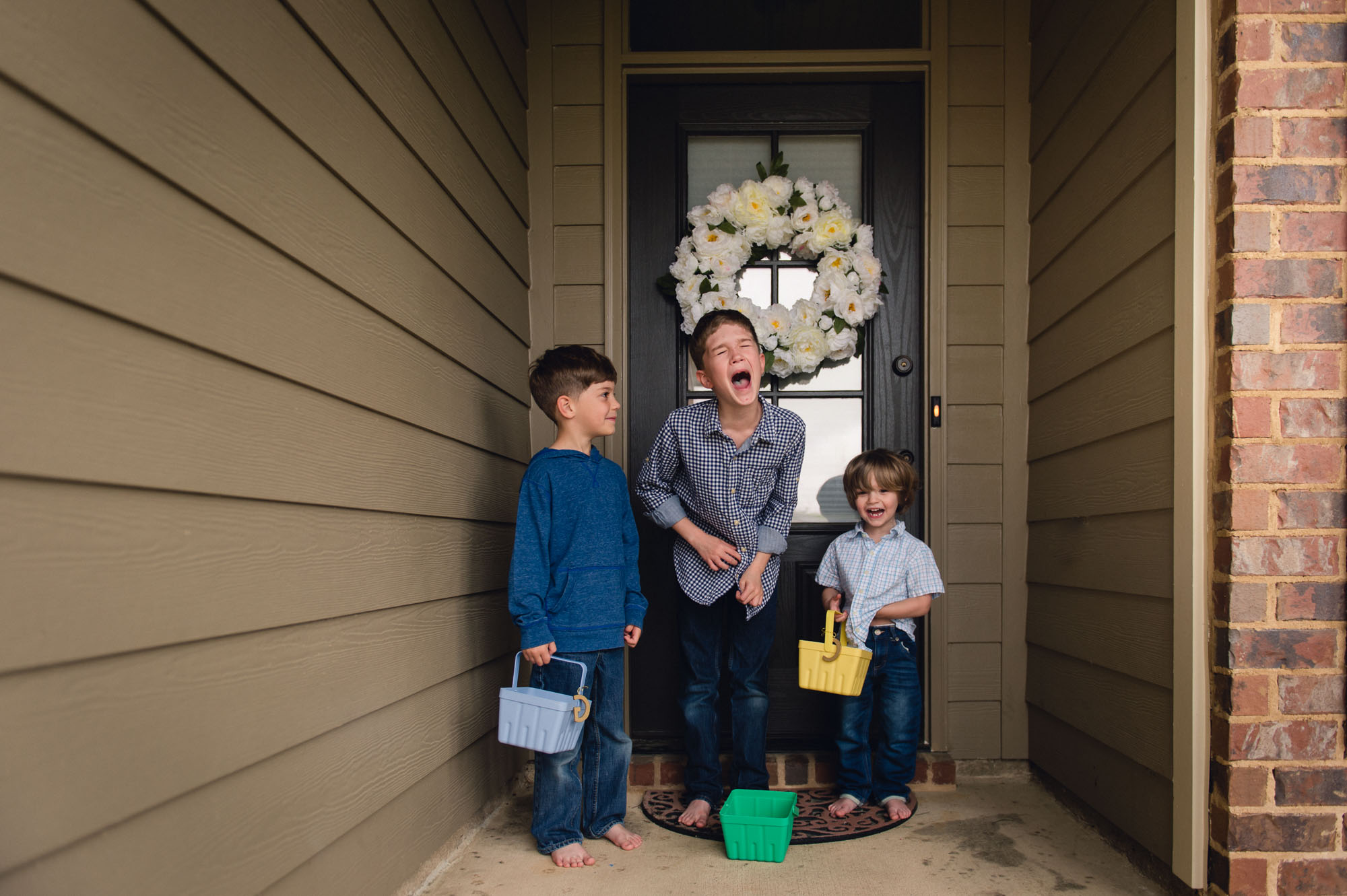
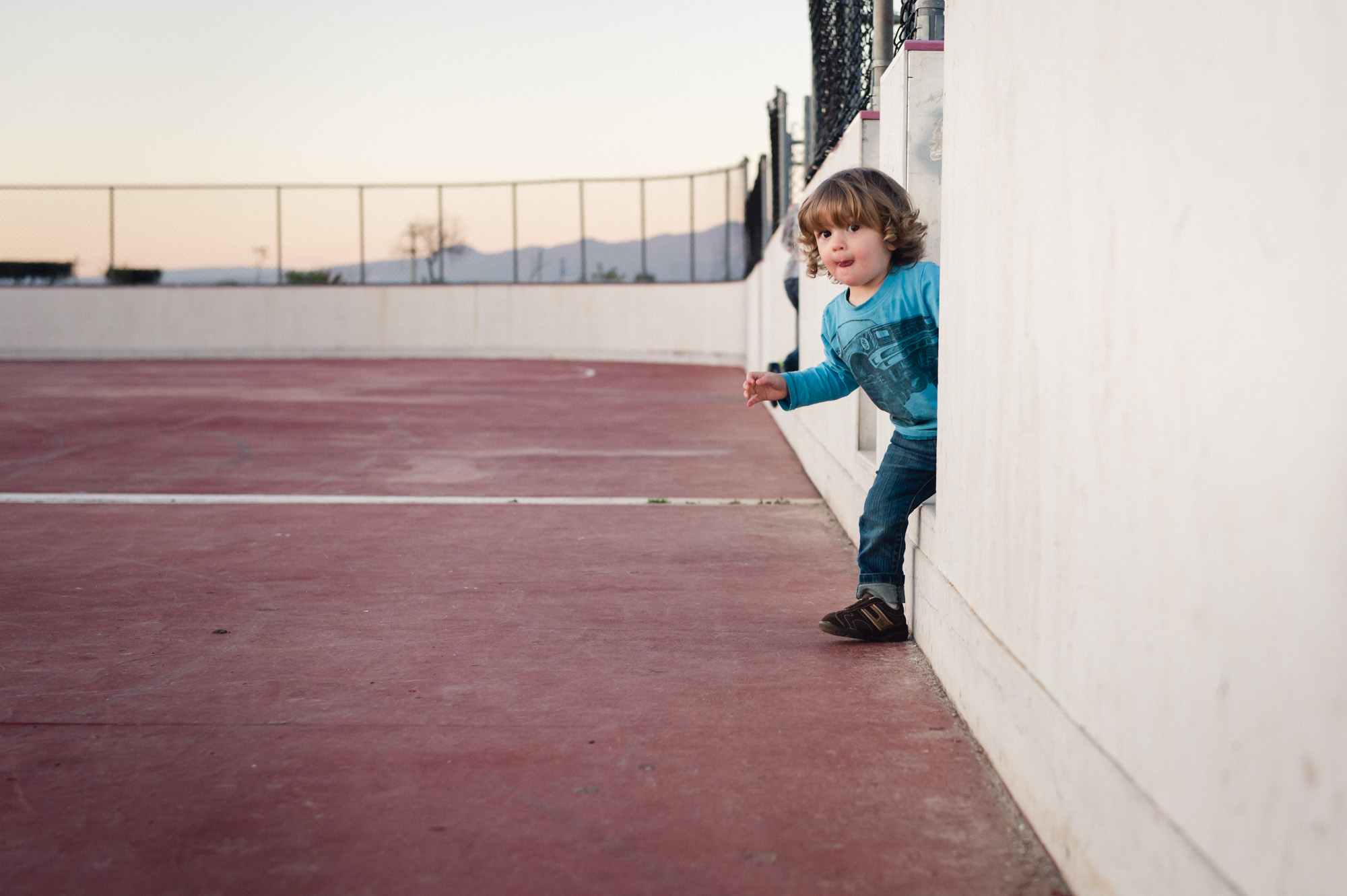
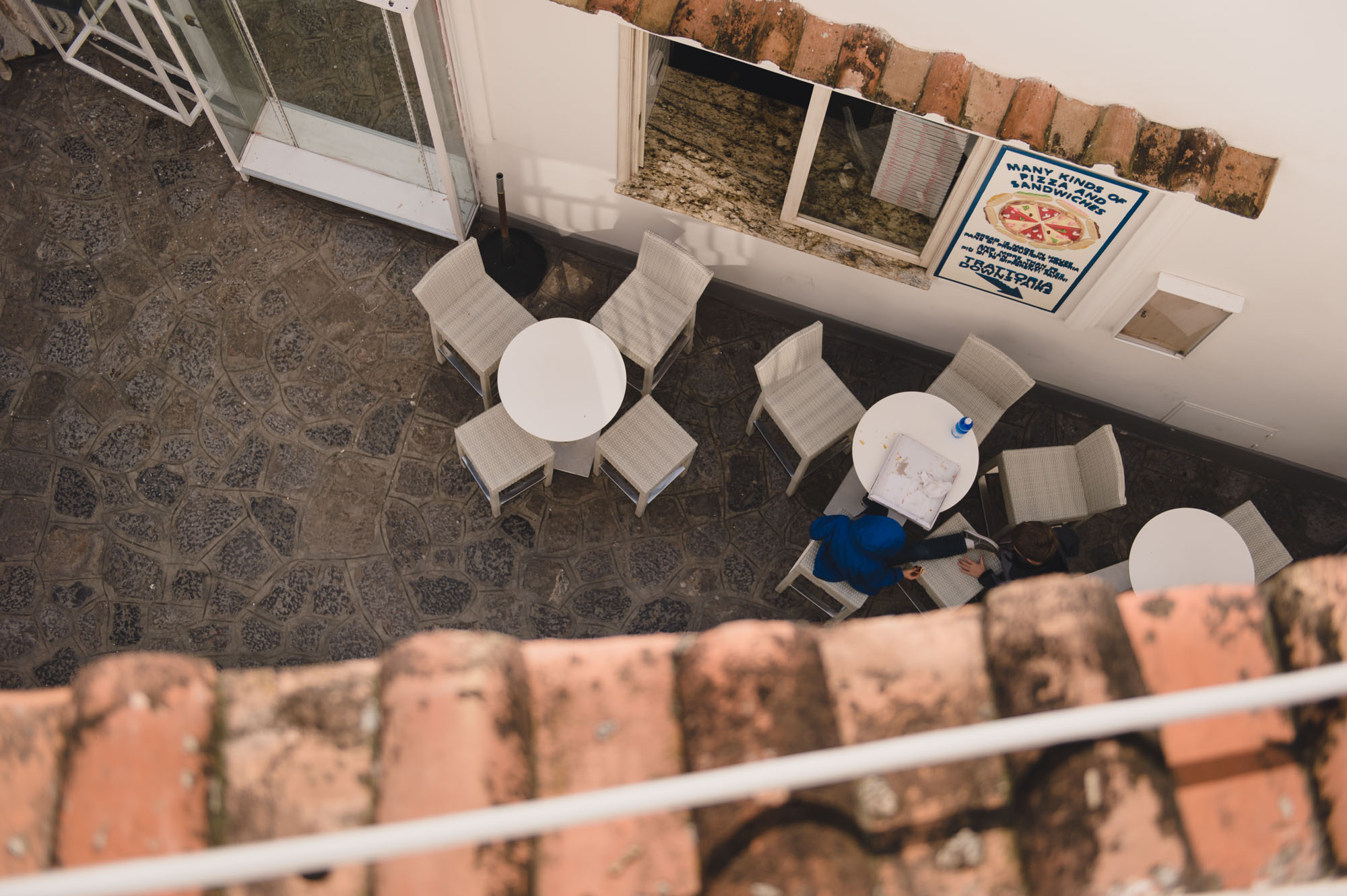
Using Leading Lines: In Nature
Often, natural leading lines have more shape than man-made lines. The horizon is an easy line to locate, and is often quite straight, but if you shoot along a shoreline, down a path in a forest or across a line of naturally planted trees the captured line will often have a much more organic and soft shape. This softness can lend itself nicely to a quieter, peaceful, un-rushed mood. You can also use subjects to create physical (along their body, such as when pointing or reaching for something) or implied (by the direction of their gaze) lines.

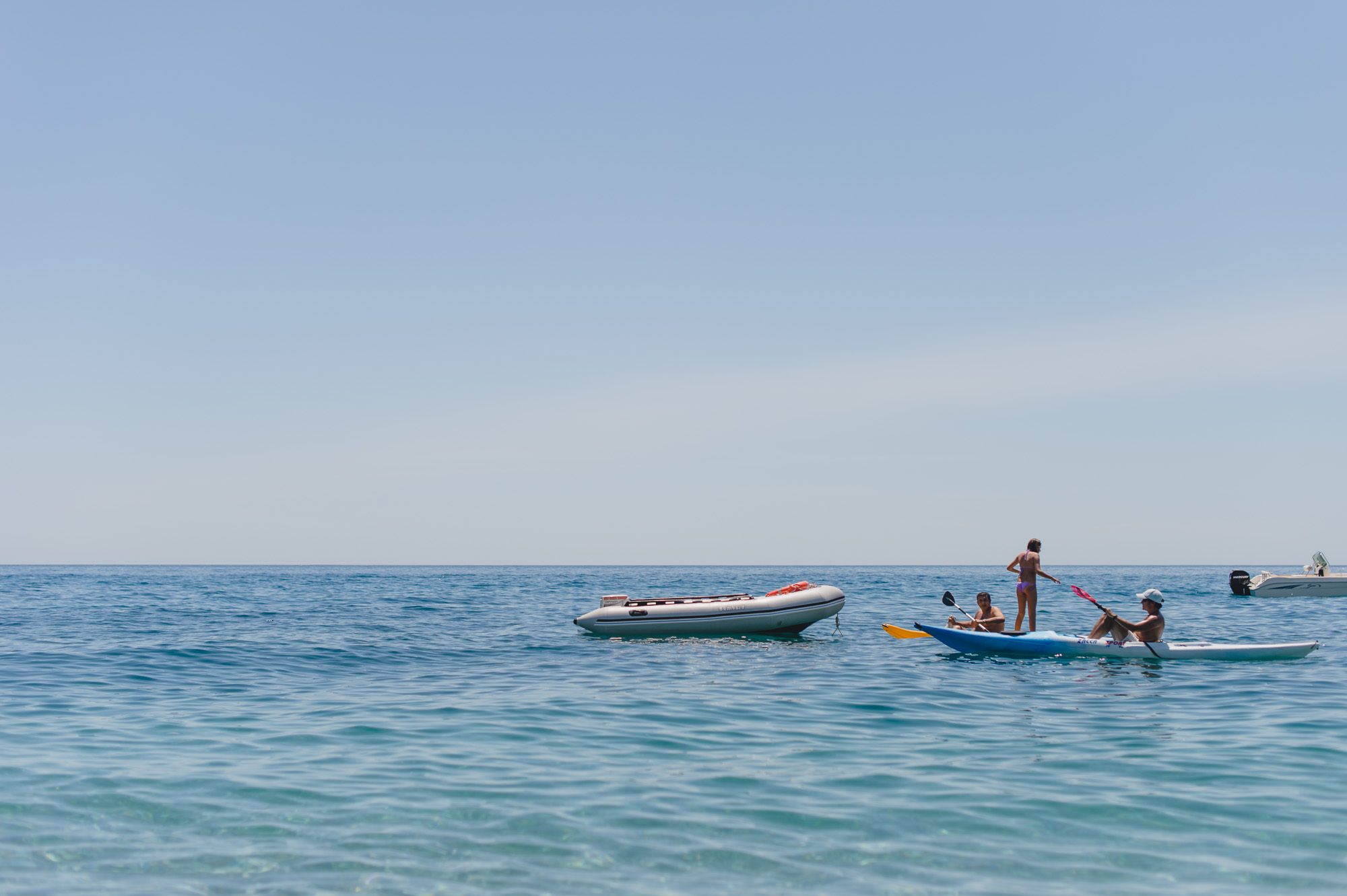
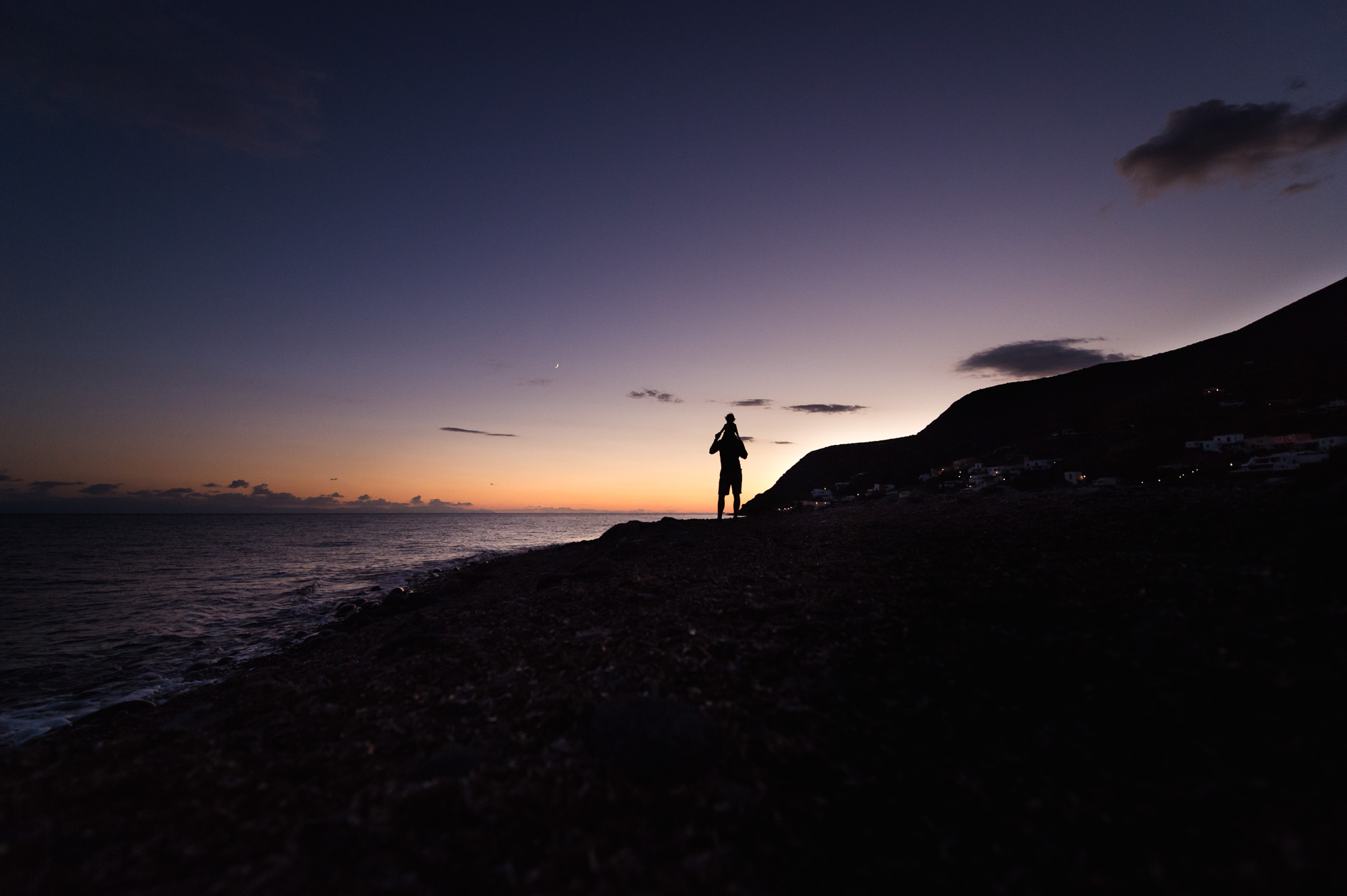
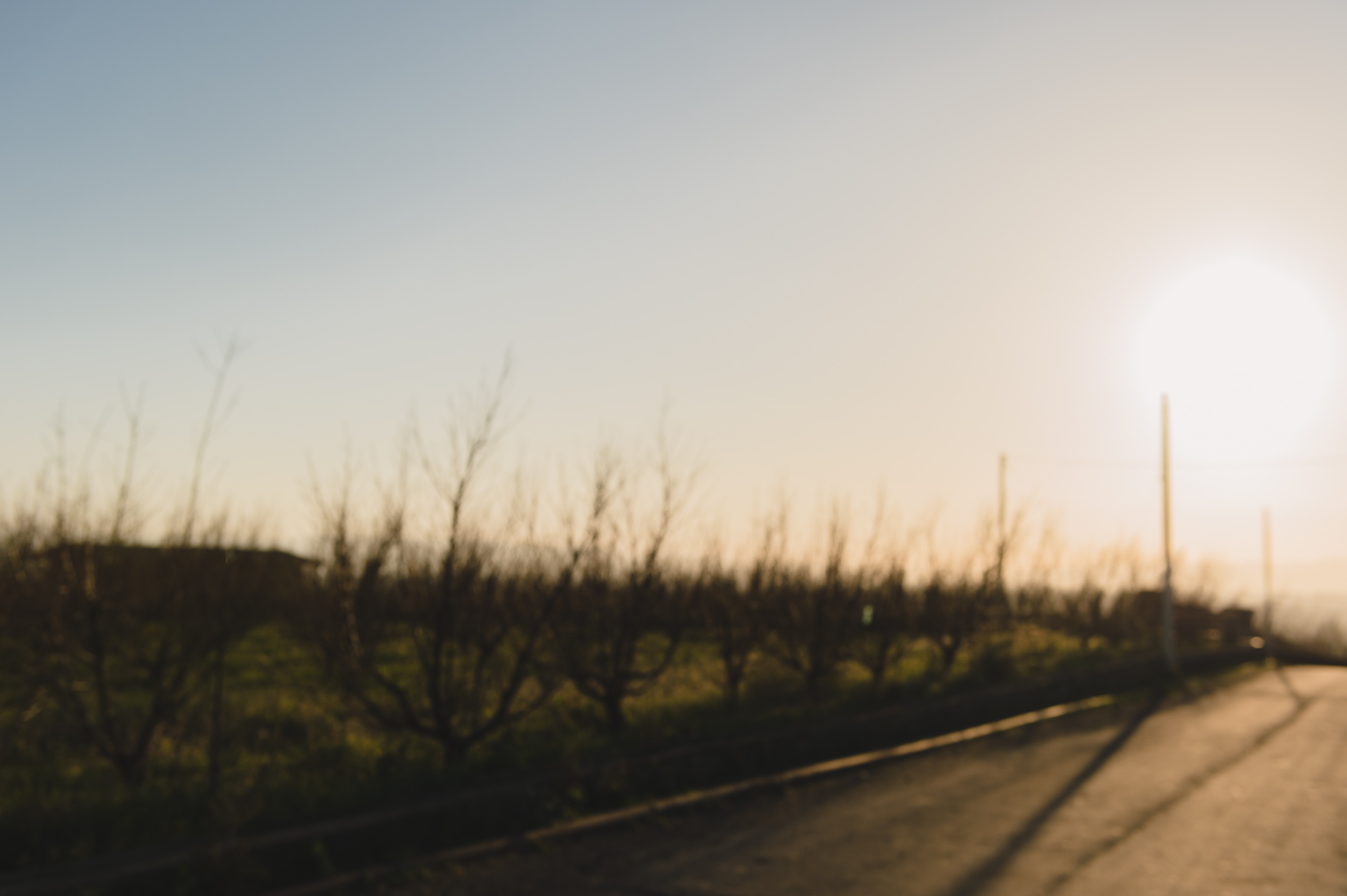
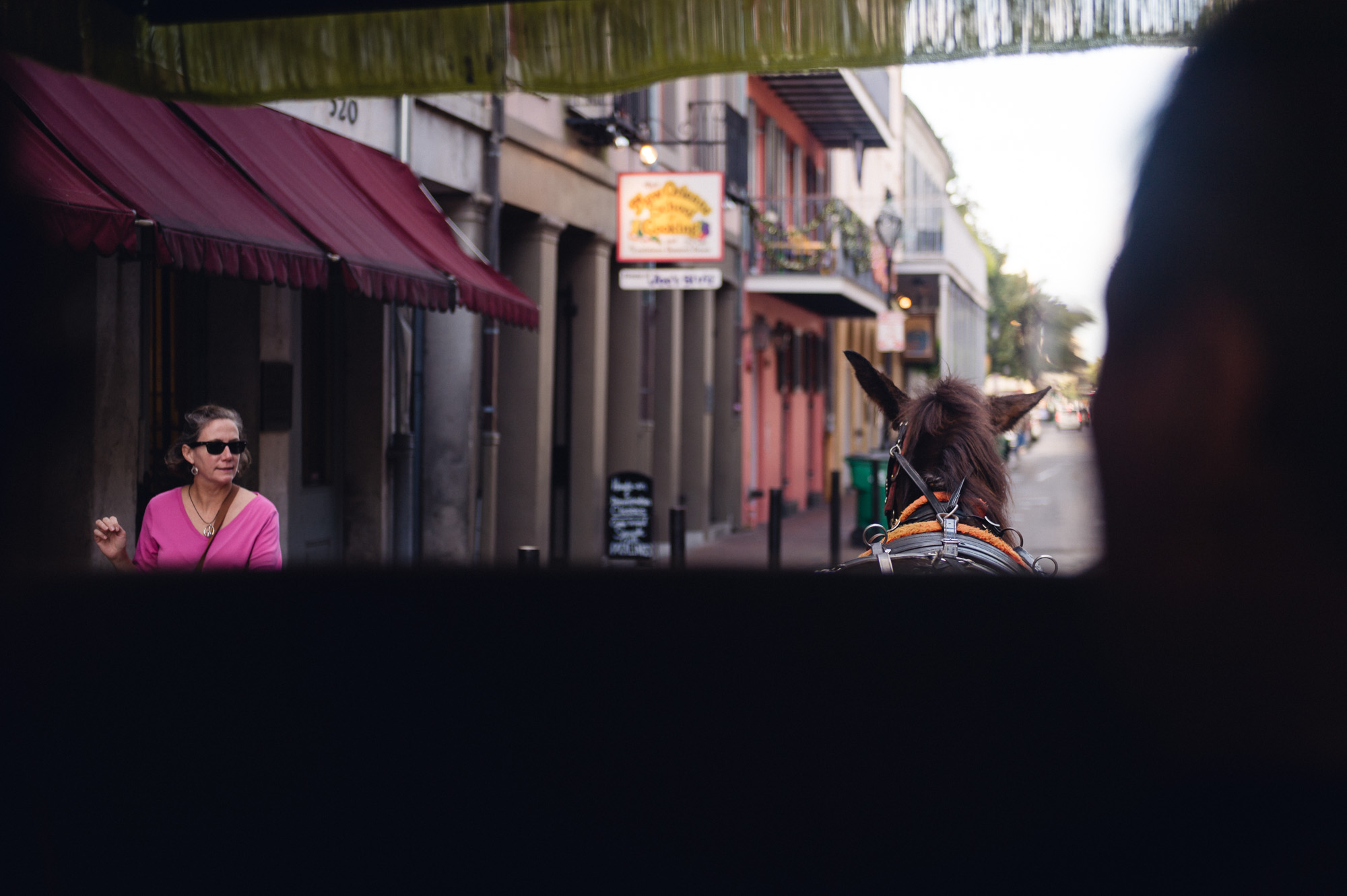
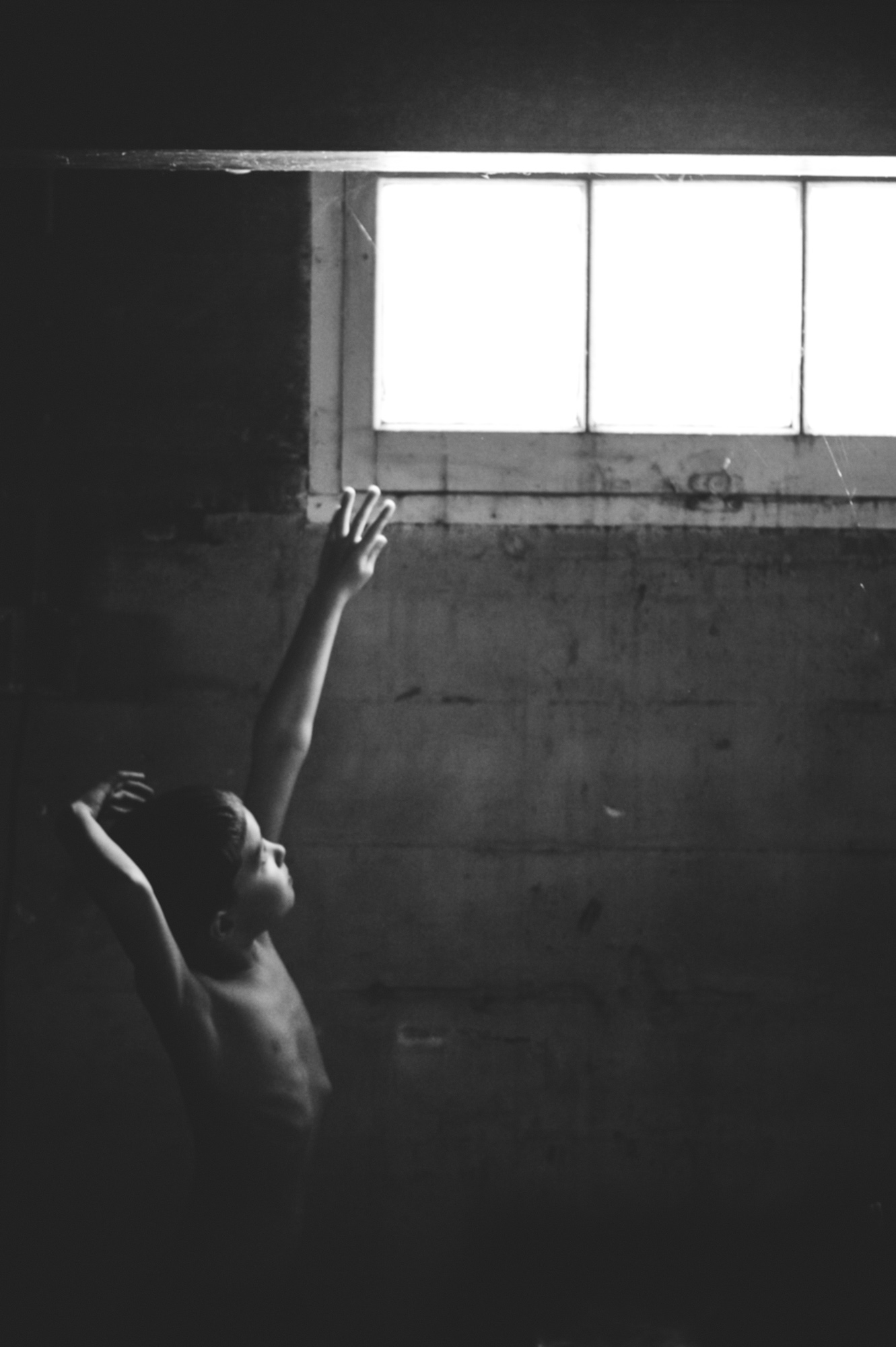
Using Leading Lines: Line as Subject
Lines can be photographed as a stand along subject. Viewers feel compelled to follow along with the line to either its termination within the frame, or across the entirety of the frame to exit the frame on the opposite edge that it entered from. Combined with dynamic light use, line-only images are a great way to add a subtle sense of movement and mood to a set of images.
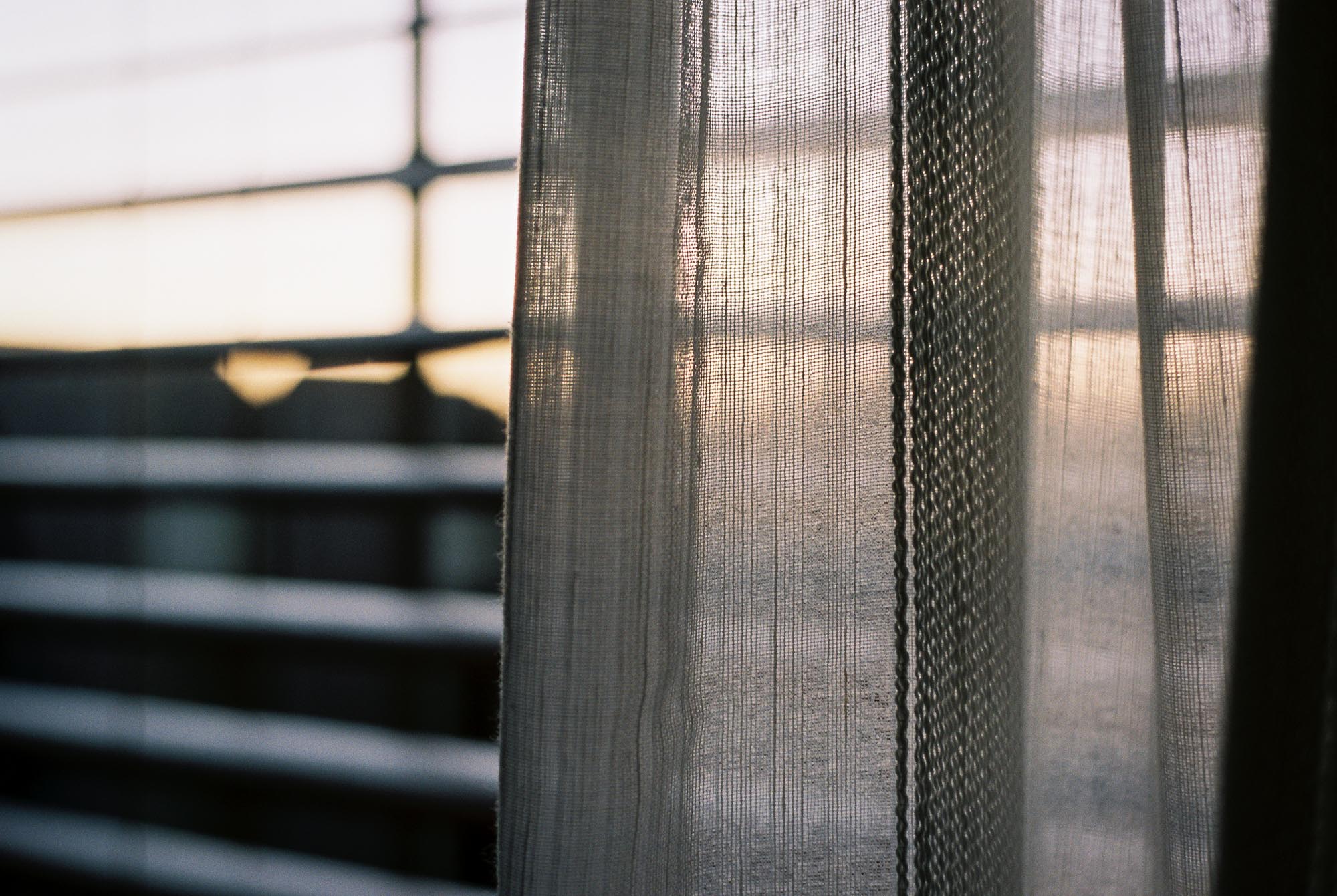
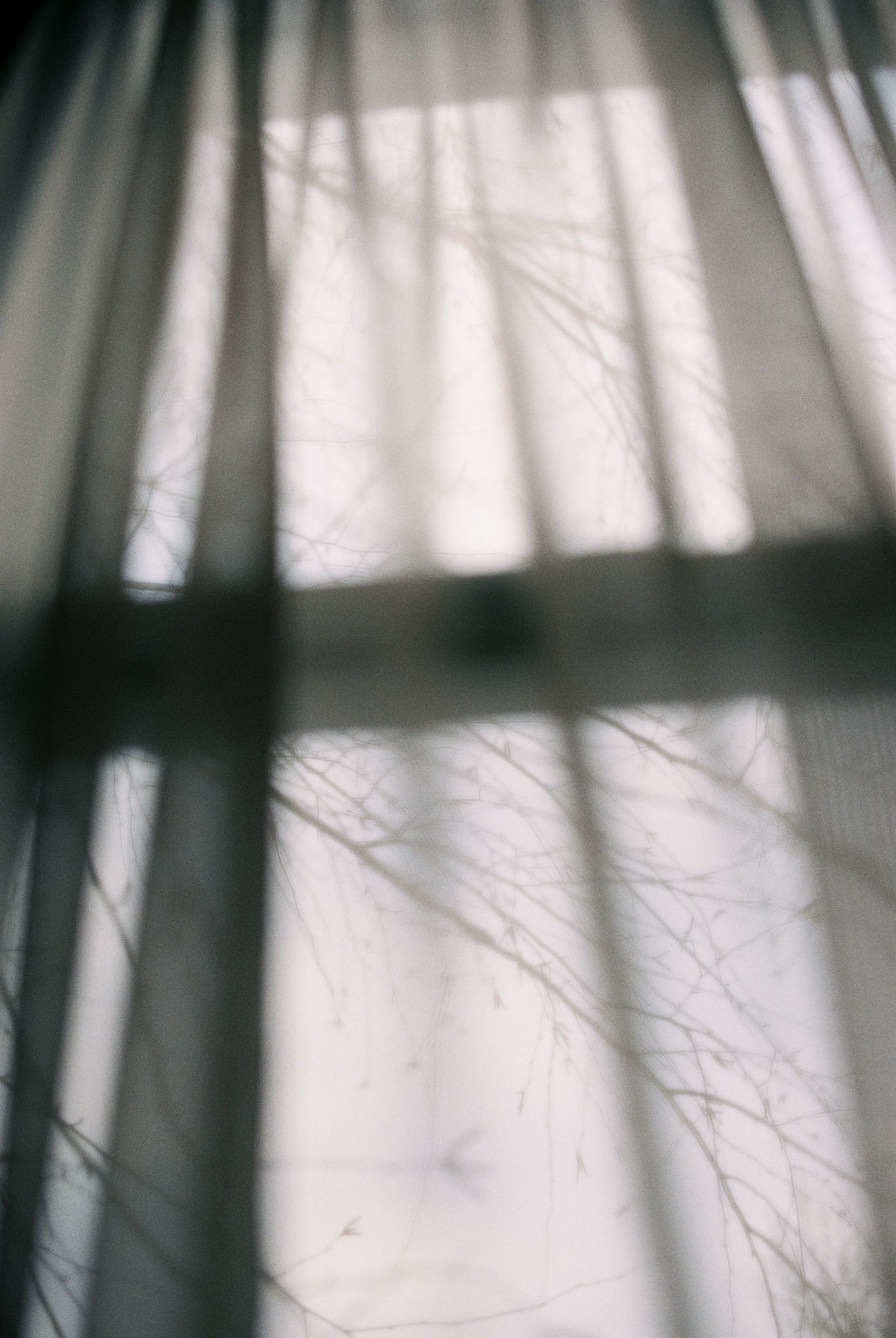
Do you have a favorite type of leading line? Let’s hear about it in the comments!
-M
Pin It